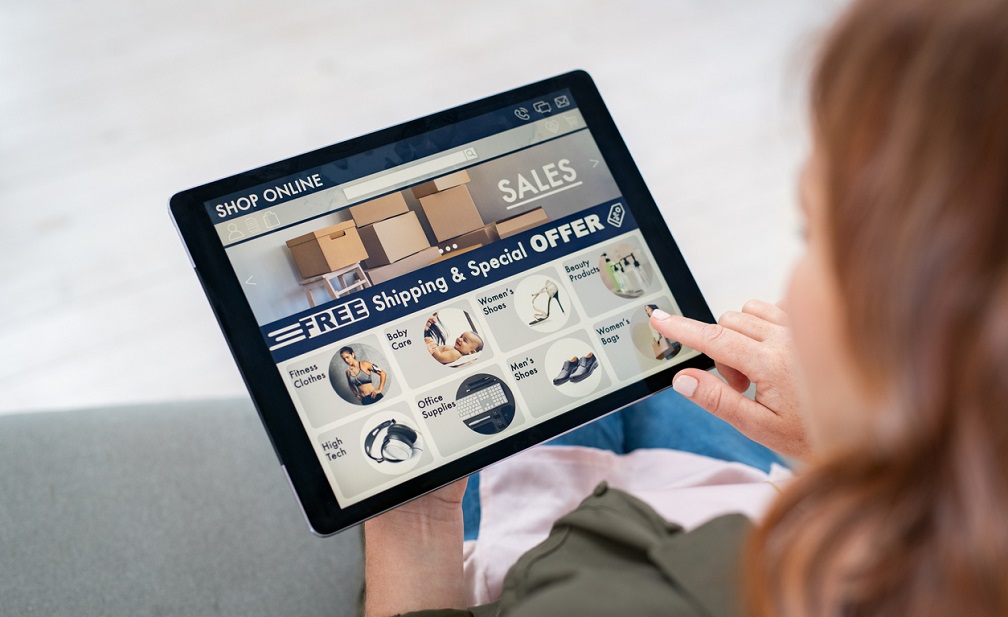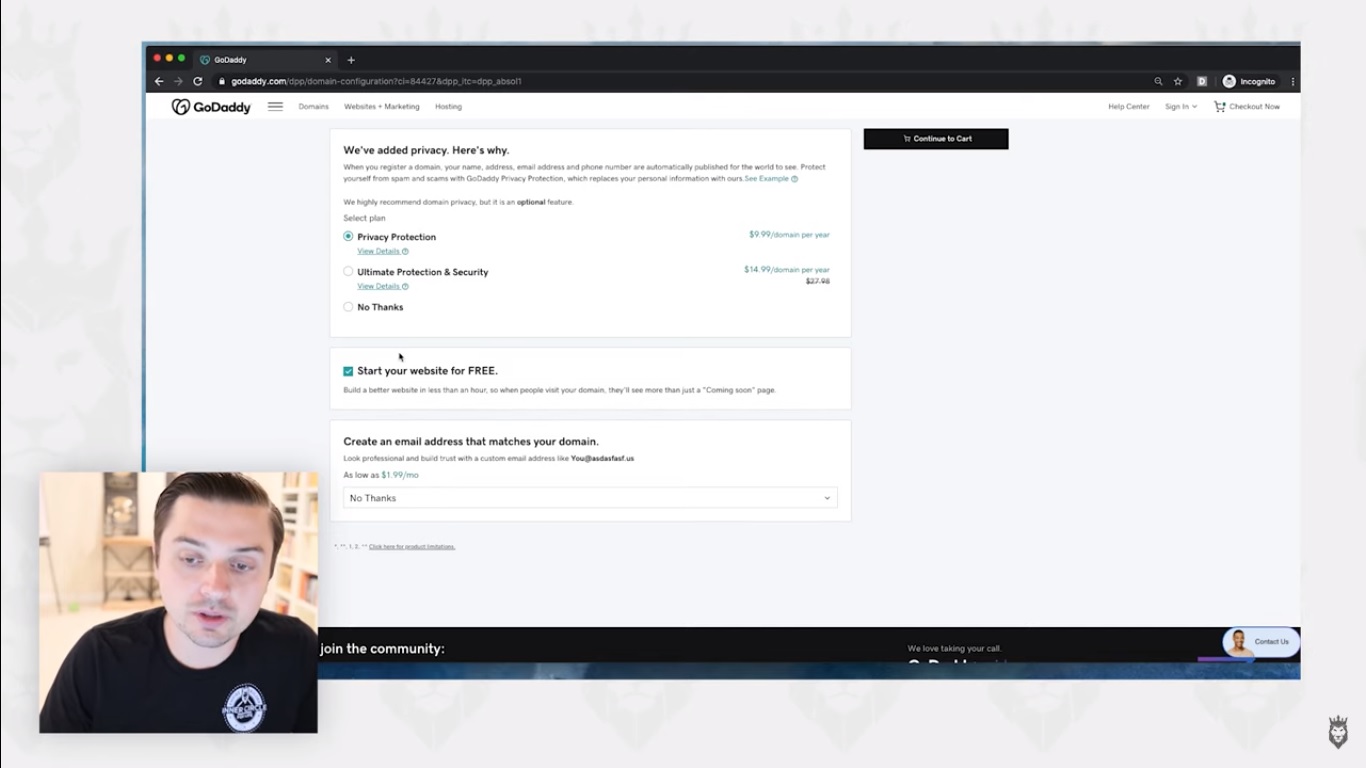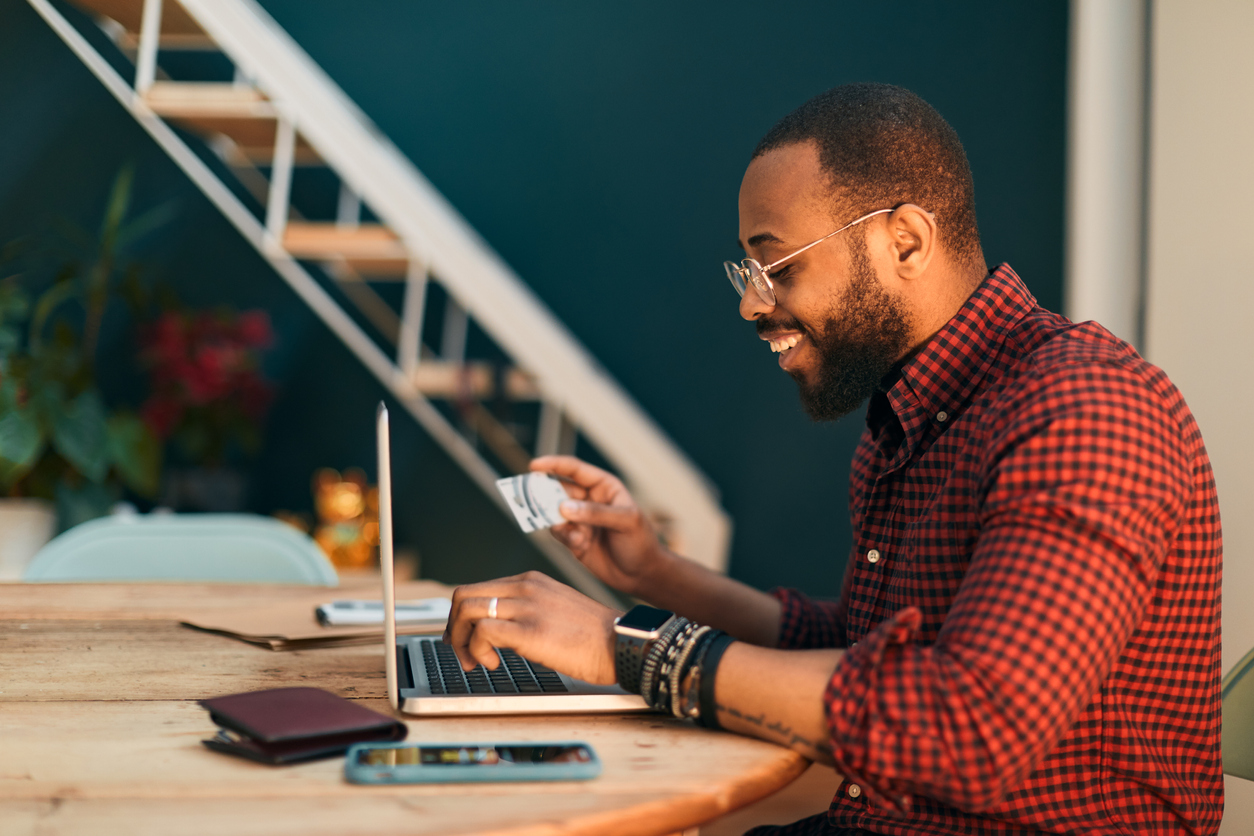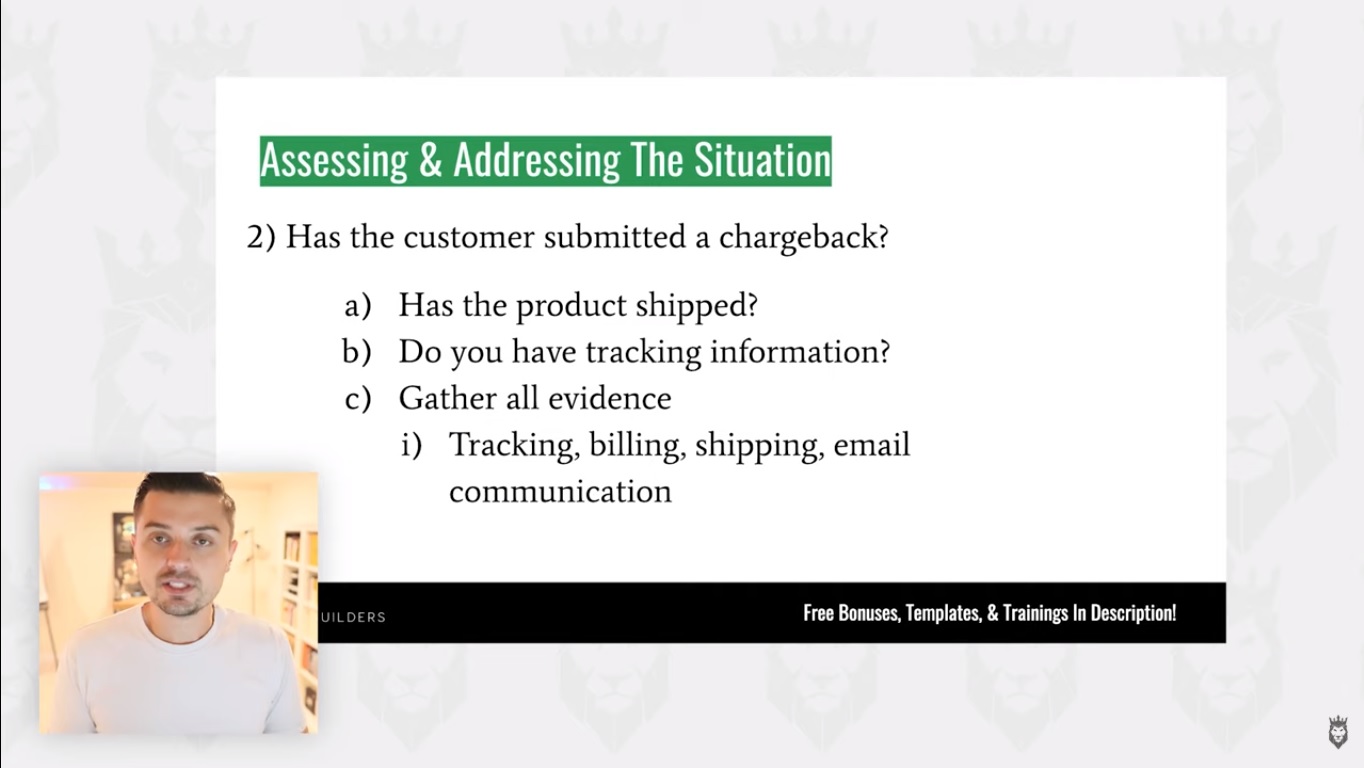If you find that you’re not making the kinds of sales you want to with a new or existing Shopify dropshipping store, one of the most common reasons why your Shopify dropshipping store isn’t making sales is because you chose the wrong product to sell. To boost your sales and get better results from your store, there are certain criteria to consider as you optimize it.
Struggling With Selecting the Right Product for Your Store
Many dropshippers make the mistake of either selling the wrong product or failing to effectively market their products, which means their dropshipping store isn’t making sales. If you’re not generating the number of sales you want to experience based on your goals, there are some steps you can take and examples to follow that will help you get through your current slump. It can be discouraging to enter dropshipping, only to find that your products aren’t moving. Still, there are ways to identify the issue and make the necessary changes to your strategy.
The three main criteria to consider when your dropshipping store isn’t making sales with your current products are:
- How does your product save time?
- How does your product save money?
- Does your product have a “just gotta have it” appeal?
You need to meet at least two of these criteria for your product to have a chance to succeed. People want products that provide clear benefits. Alternatively, they want to be impressed with a certain “wow” factor that differentiates your product from the rest. Subsequently, if you can save your customers time or money or leave them in awe, you’ll be able to move your product. Of course, you’ll fare even better if you can meet all three criteria. So start researching products that check all those boxes.
To give you a better idea of which products are worth selling through your dropshipping store, including platforms like Shopify, we’ll go over some live examples of winning products.
Example #1: Glow-in-the-Dark Self-Adhesive Tape
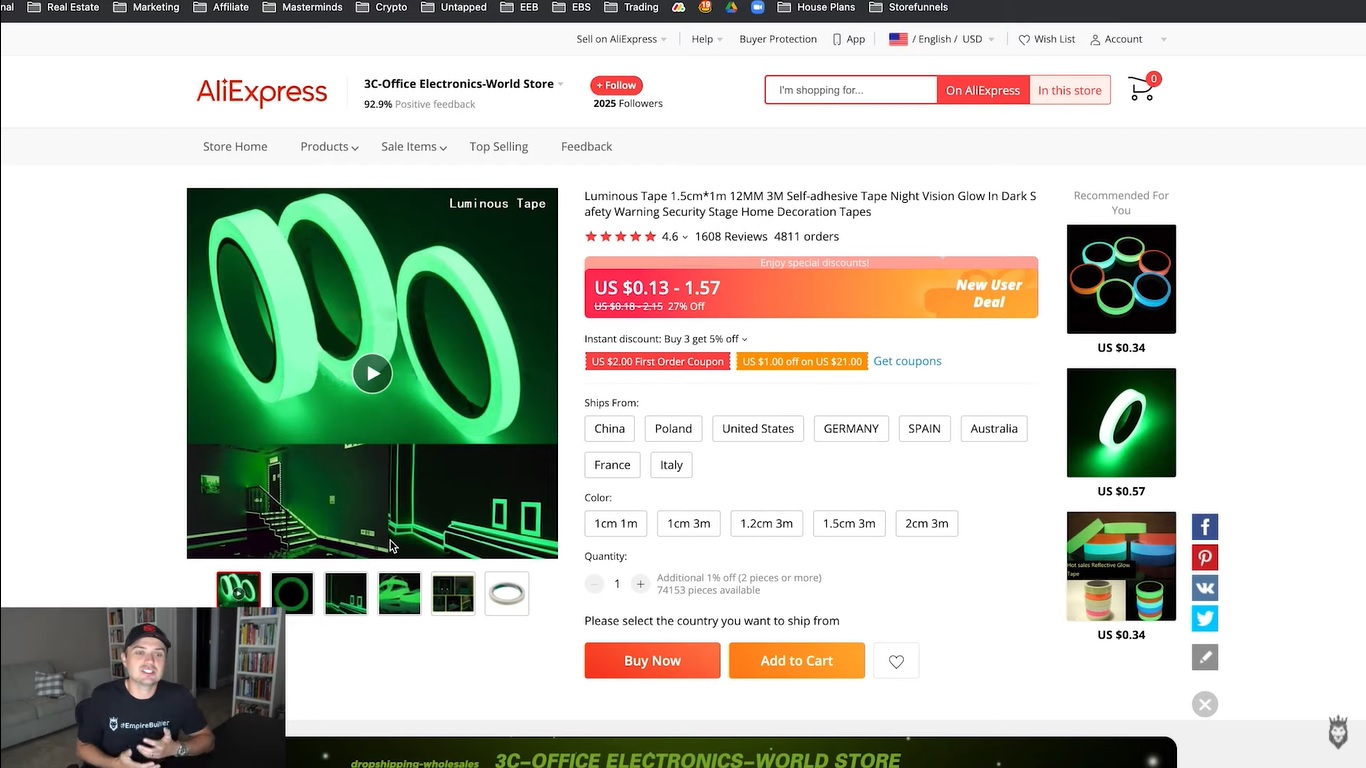
One product we found that appeared to be doing well and met at least one of the criteria we’re looking for is a brand of glow-in-the-dark tape. Homeowners can use this to decorate their homes. They can also make certain rooms stand out, or they can create pathways and improve safety in other ways.
When thinking about the type of audience this product would appeal to, one niche that came to mind was gamers. Many gamers want to decorate rooms with different LED lights and other decor that would mesh well with this glow-in-the-dark tape.
This product may not appear on the surface to save customers time or money. However, it absolutely features that “just gotta have it” element that’s likely to drive people to buy it, largely on impulse. Additionally, there are ways to position this product in such a way as to convince customers that it will save them time or money.
For instance, this tape’s low cost could make it a far more cost-effective replacement for more expensive LED lighting fixtures. Those often cost up to thousands of dollars just to test and install. It’s also incredibly easy to install compared to conventional LED lighting systems, which saves them time. Combined with the third criterion of the “wow” factor discussed, these benefits are likely to drive far more sales with this product.
Example #2: Plastic Clothes Folder
This unique product caught our eye due to its effectiveness at showing precisely how it saves customers time. This is a plastic clothes folder that makes it easier for children and adults alike to instantly fold their clothes. The AliExpress page for this product even shows the basic steps for using this product to fold a T-shirt in no time.
The most obvious advantage of using this product is that it saves time. Customers don’t need to spend any time carefully folding their shirts. They simply place them in the open clothes folder and follow the basic folding pattern. The product also features that “just gotta have it” component that’s likely to attract a lot of potential buyers.
It may not be easy to show how this product saves money. But the two aforementioned criteria make this one a likely success for dropshippers.
Example #3: Golf Glove Holder
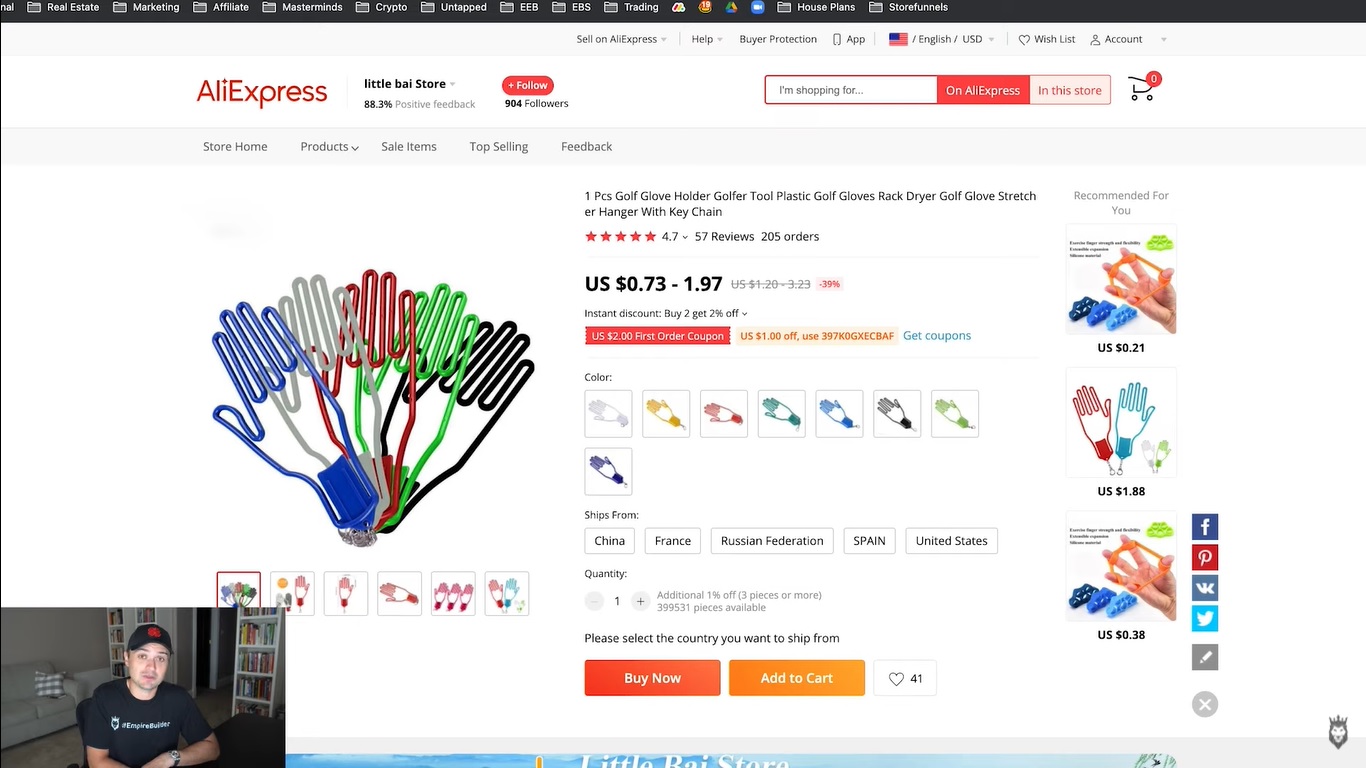
Many golfers experience the issue of their gloves getting increasingly wrinkled and crusty over time. This golf glove holder advertises that it solves this issue.
Ultimately, the main criterion this product meets is the ability to save more money. These holders can preserve golf gloves for longer and ensure that golfers get more use out of them. In addition, this product has that “just gotta have it” appeal for golfers. This is particularly strong for those who play very frequently and might otherwise more quickly wear out their gloves.
What makes this product especially appealing is the fact that it’s not commonly found. The perceived rarity of this product can lend to that “wow” factor that differentiates it from other more common golf products. Golfers who invest in this product are therefore more likely to feel like they’re part of an exclusive group. After all, it may not be as easy to find at their pro shop or other stores.
By saving money and impressing audiences, this is another product that meets two of the three criteria that contribute to a successful product.
Choose and Market a Product That Meets These Crucial Criteria

If your dropshipping store isn’t making sales, don’t just give up. Based on these example products, you can do some of your own research to find products that are similarly successful. Just be sure you’re meeting two out of the three critical requirements. If your product can save time and money or save one or the other while giving off that desired “wow” factor, that’s great. You can be on your way to increasing sales with your dropshipping store. With hard work, you can turn it around when your dropshipping store isn’t making sales.
Are you interested in learning more industry tips and tricks to succeed with dropshipping? There are many ways to build a winning online business with the help of sales funnels and other strategies. To learn more about how to succeed in your specific niche or even find a niche if you’re not currently in one, reserve your seat at our free eCommerce masterclass. You can also subscribe to my YouTube channel for more insights and tips.
